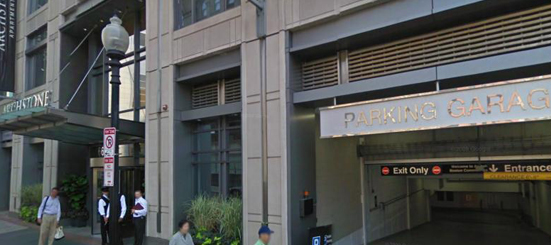What’s Your Ratio?
April 08, 2015

We are always asked by developers; “What is the appropriate parking ratio for my project?” Where do we get this information from? Well, we get it from you with a little support from us, among other factors.
Parking supply is really about what you and your investors feel is necessary to successfully market your property and, of course, support and advice from us on current trends in parking demand, as well as what the governing regulatory agency and the local community will accept. Other factors come into play, like those pesky zoning regulations based on parking minimums. Progressive jurisdictions with regulations written for the 21st century are more focused on parking maximums. Neither of these, however, have evolved with current urban parking demand trends, which are being affected by shifting demographics, the ever increasing cost of car ownership, car-sharing and bicycle-sharing services, increases in bicycle usage, and technology based ride and delivery services.
So, what are current trends in urban parking demand? Let’s focus on residential. Based on our research, residential parking ratios, particularly those for rental housing, have decreased significantly in the past decade. Our data indicates that parking demand for apartments has decreased throughout all downtown Boston neighborhoods. Parking ratios range from 0.40 per unit in the South Boston Waterfront, West End, and Chinatown to 0.75 per unit in the Fenway. For rental housing, the average for all downtown neighborhoods is squarely at 0.50 per unit.
Parking is too valuable a resource not to get it right.
Looking for more guidance on your parking needs? Click here to contact Guy Busa, Principal of Land Development Planning and Permitting.

Leave a Comment